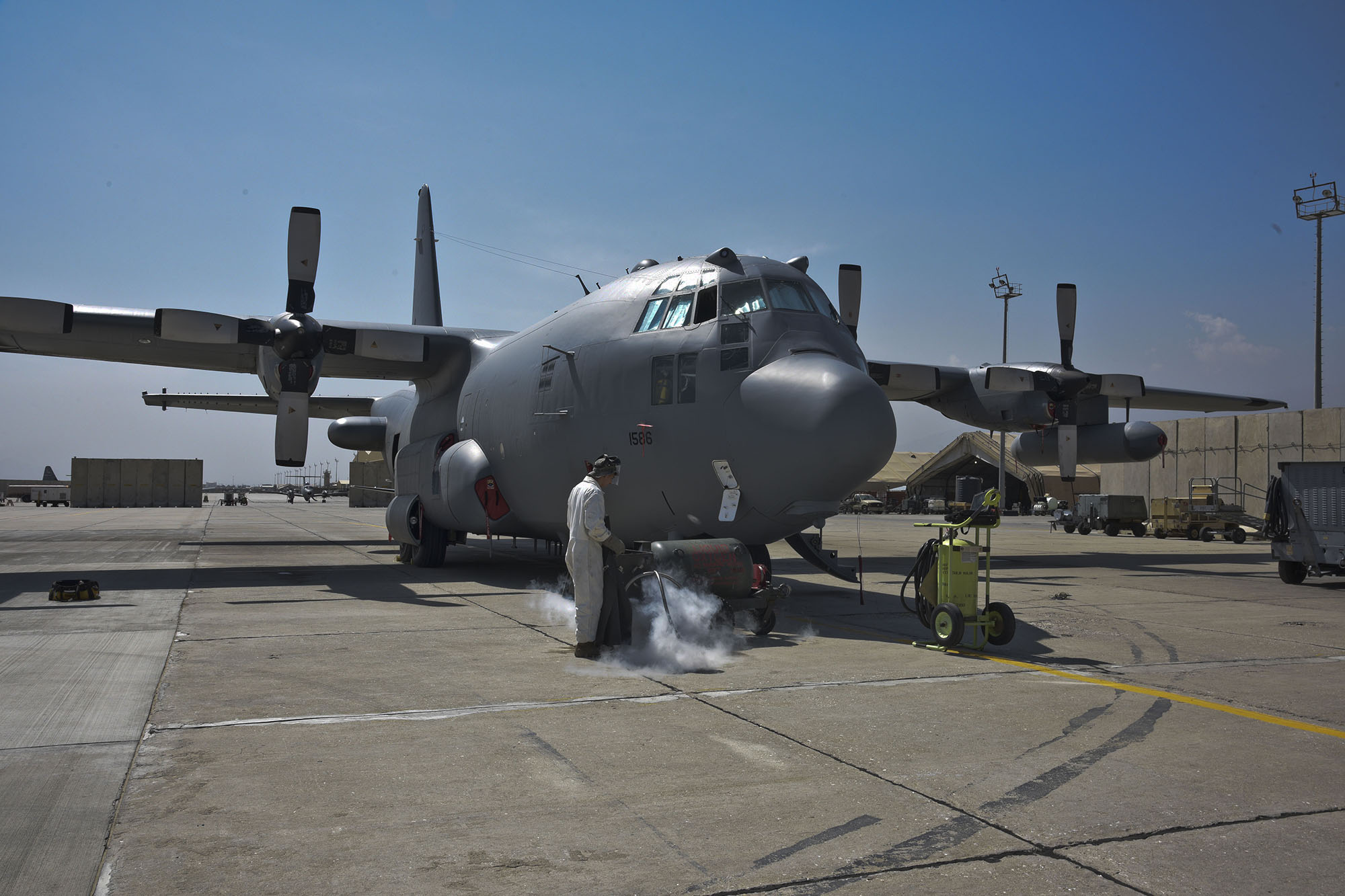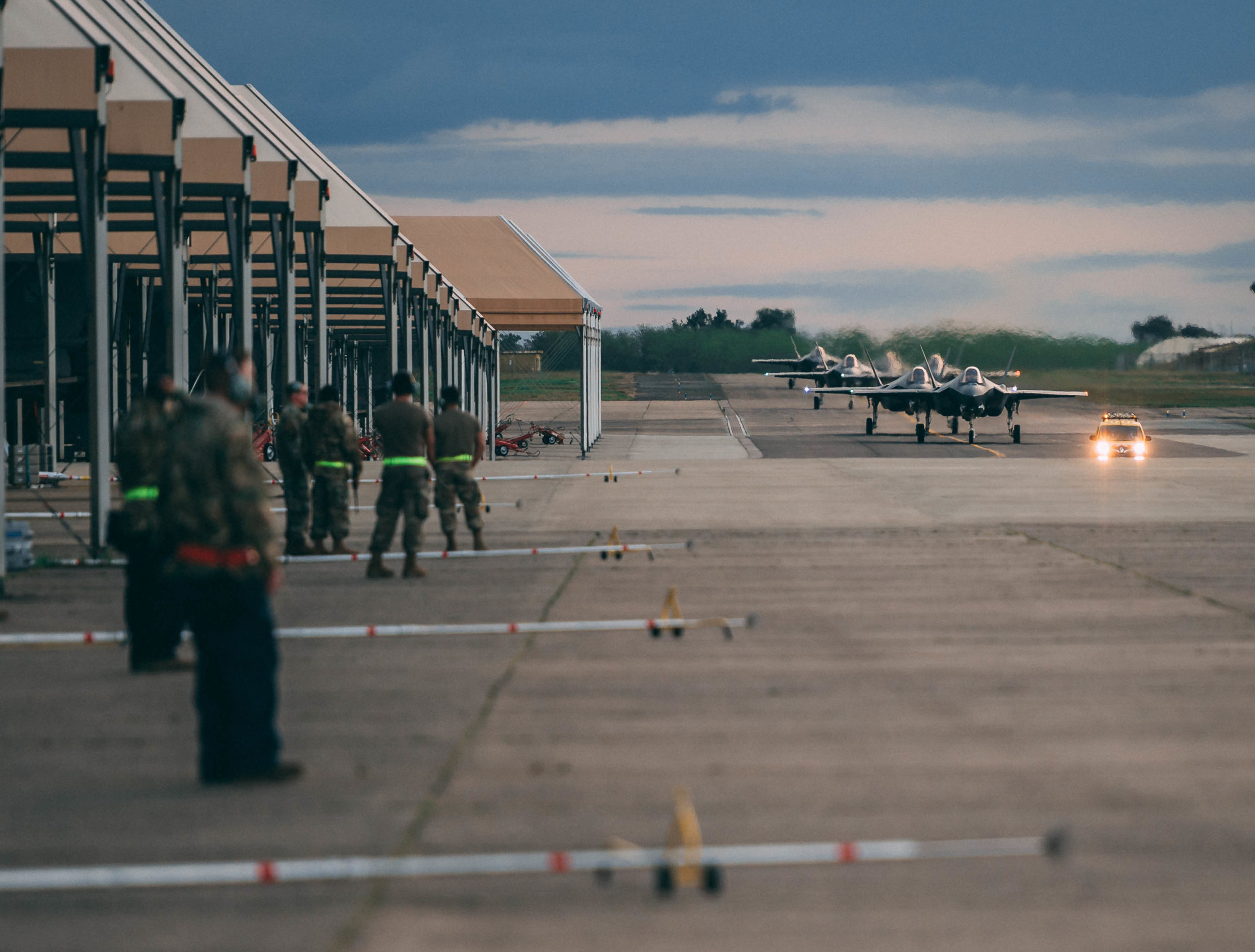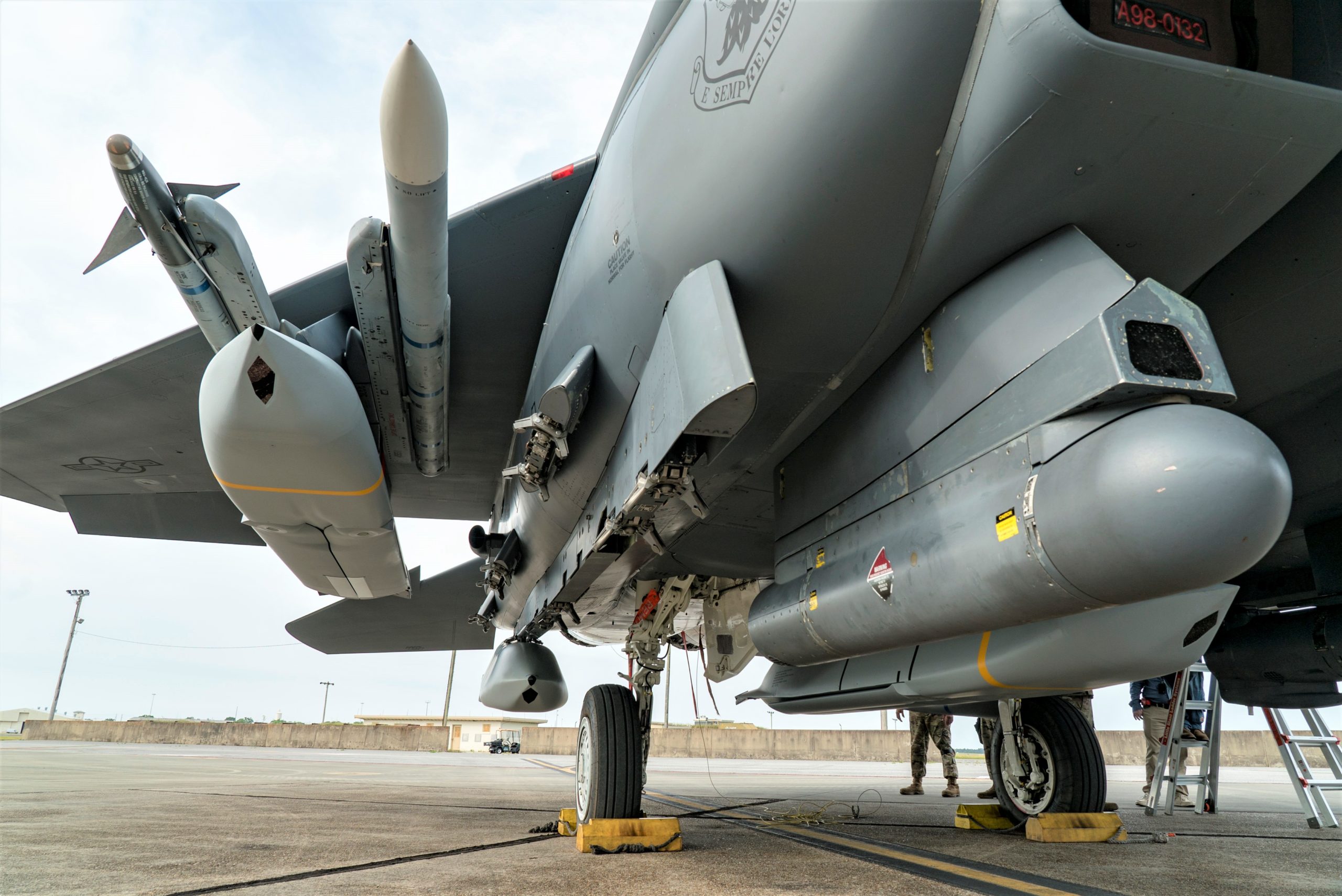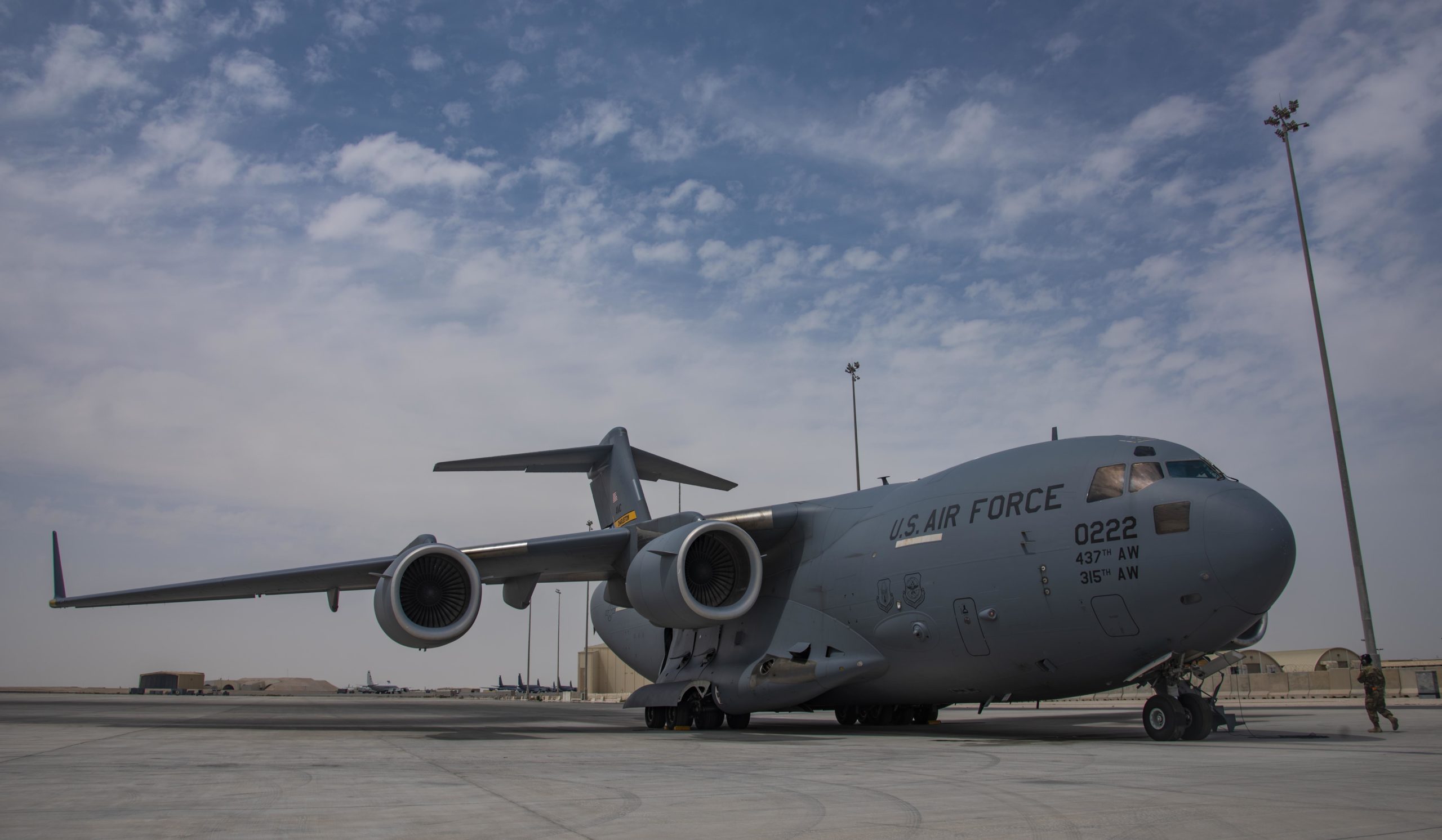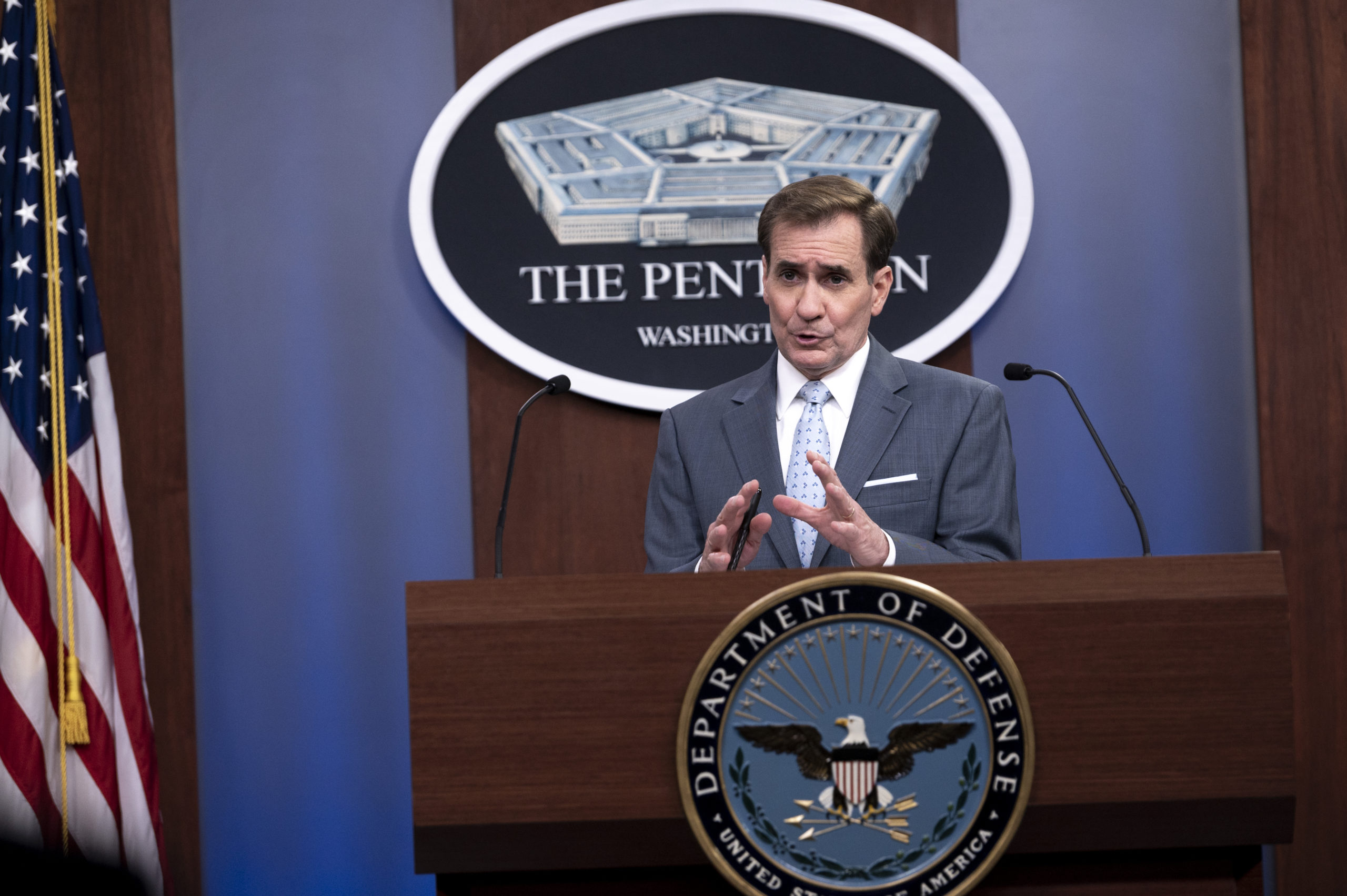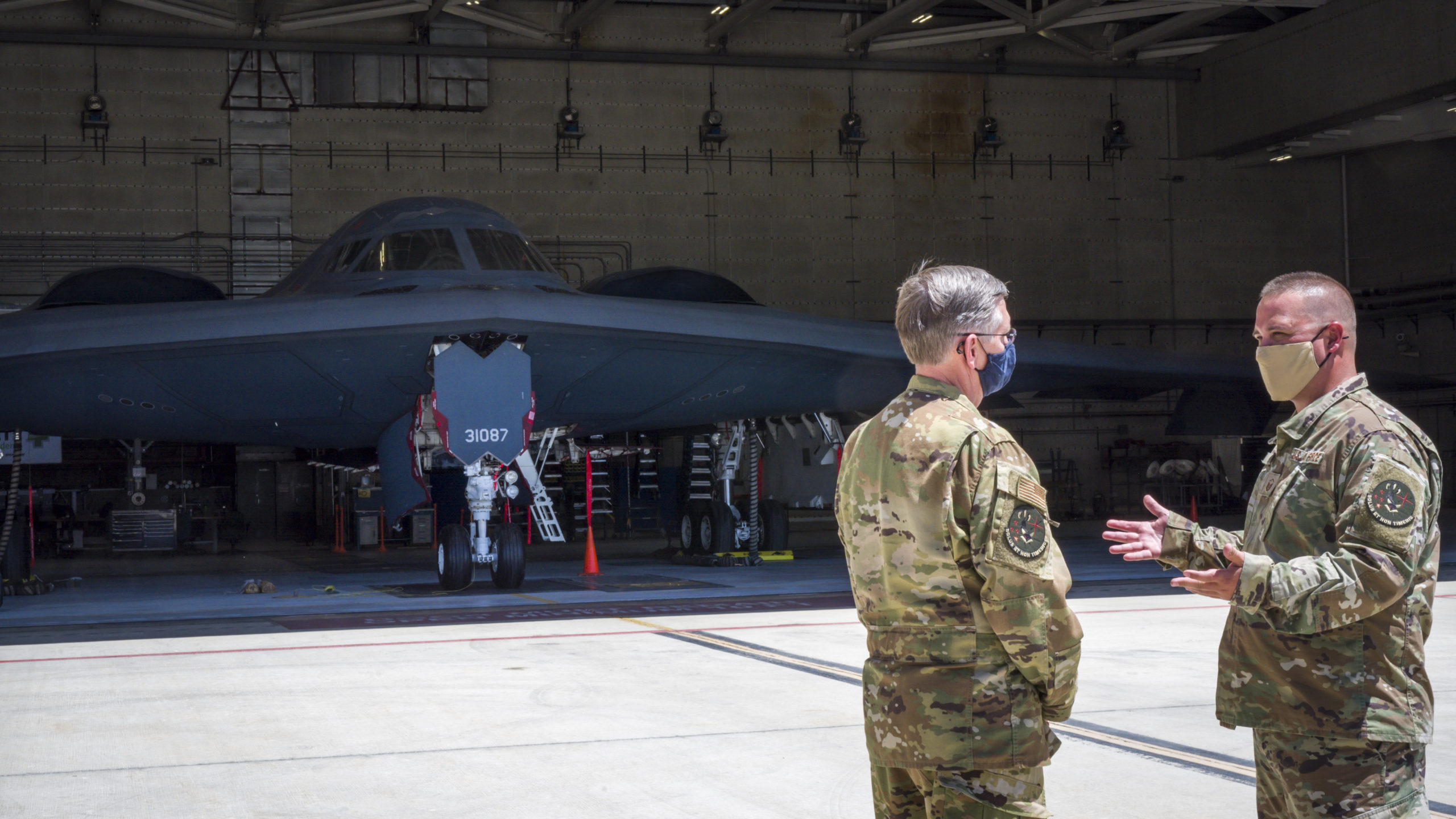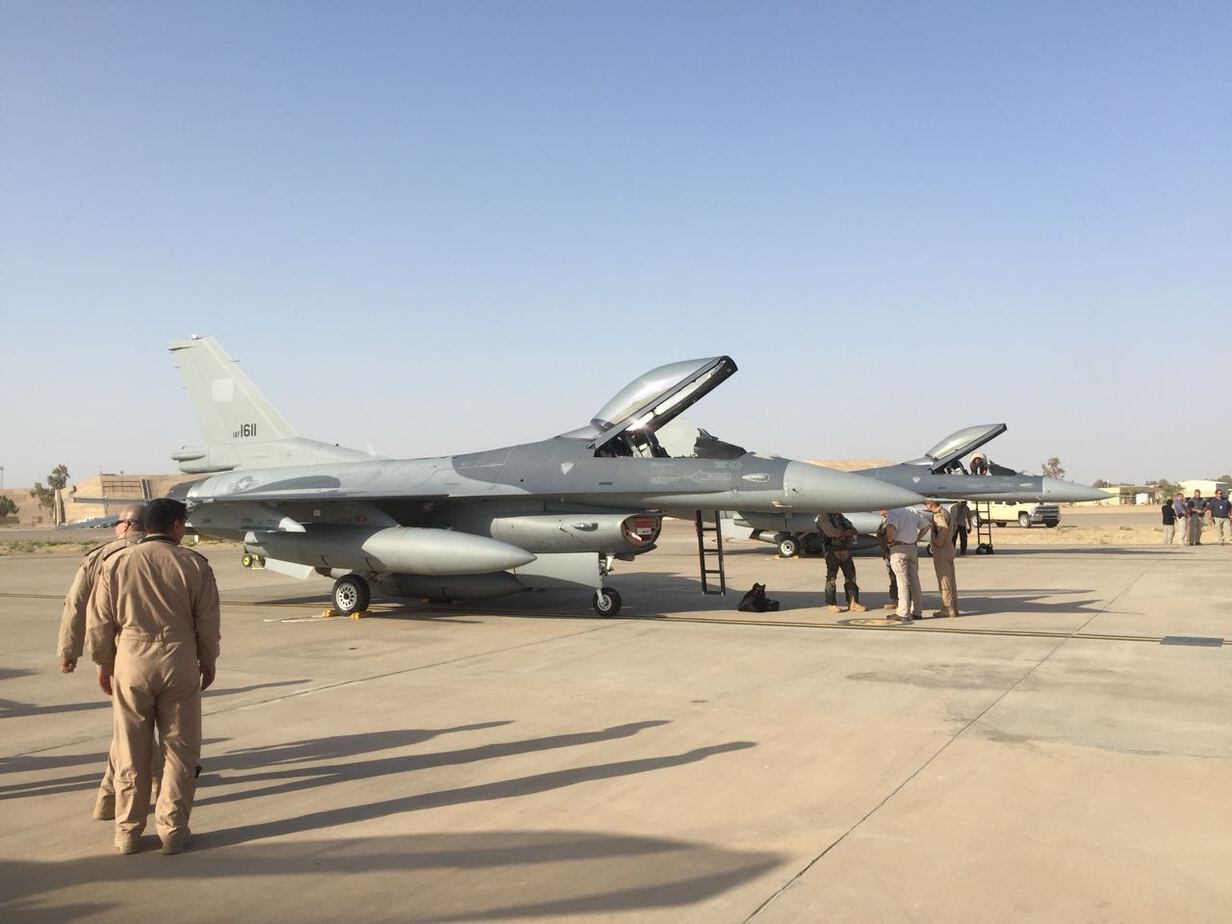The U.S. military has fallen behind China and Russia in electromagnetic spectrum warfare, and one of the key ways to start pulling even again is to create a position in the Office of the Secretary of Defense with the clout to manage the joint electronic warfare enterprise, experts said on a Hudson Institute webinar.
Rep. Don Bacon (R-Nebraska), co-chair of the House electromagnetic spectrum operations caucus, said Congress has “tried to fix” the problem of oversight but has gotten pushback from the Pentagon.
“One of the problems [was] … no one was in charge of EW. Everybody felt like they owned a piece of it,” said Bacon, who previously had an Air Force career specializing in electronic warfare and intelligence, surveillance, and reconnaissance.
“Somebody in the Pentagon needs to know they own it,” he said. The services have told him that oversight rests with their Chief or Vice Chief, but he insisted that won’t work because those officers have too much on their plate already to devote the attention to EMSO that it deserves.
“You need someone at the one- or two- star level that says, ‘This is my problem. I own it,’” Bacon asserted. There was recently a two-star officer in charge of EW, but it was a temporary position, and “we need to fix that … We need to make that permanent,” he said, promising the caucus will “push” this initiative. There needs to be an EMSO czar with “an enterprise view,” he added.
In the Air Force, electronic warfare lost status in the 1990s as the service downgraded the electronic warfare chief from a two-star position to a colonel with other duties as well, Bacon said. Meanwhile, on the Joint Staff, there was “nobody in charge.”
Bacon also said there should be “a hardwired funding process” for electronic warfare, and this, too, needs an enterprise perspective to counter measures being taken by China and Russia in the EMS. Today, there are “tons of funding lines” for projects that may or may not work well together.
Rep. James Langevin (D-Rhode Island), Bacon’s EMSO caucus co-chair, said Congress needs to “undo the damage that’s been done” in EMSO oversight.
What is needed is “a policy person in charge, like a deputy assistant secretary in charge of the strategy and implementation” across the services, Langevin said. “We don’t have that right now.” The services need to accept that, “We are … operating in environments that are contested and congested, whether we like it or not.”
If Congress doesn’t force the issue, “the strategy will end up like the 2013 and 2017 [EMS and EW] strategies,” which didn’t lead to decisive action. “I’m determined that’s not going to happen this time. We’re going to get it right.”
He noted that Air Force Chief of Staff Gen. Charles Q. Brown Jr. said in January that the Air Force is “embarrassed” that it has neglected the EMS battle for so long. Brown called for an Air Staff EMS warfare strategy to be unveiled this spring.
Langevin also said the EMS enterprise needs to shift away from hardware-centric to software-centric systems “that are flexible and networked. And that’s not the way it is right now.”
Bacon noted that EMS has gotten attention in the Pentagon recently only because Congress has demanded it, and said Congress would keep up the pressure.
Bryan Clark and Timothy A. Walton presented a synopsis of their recent paper on EMS for the Hudson Institute, titled “The Invisible Battlefield: A Technology Strategy for U.S. Electromagnetic Spectrum Superiority.”
China and Russia, Clark said, have “centralized” organizations for EW and EMS that drive doctrine and technology priorities across their joint forces, something the U.S. should emulate.
“They’ve got strong leadership at the top,” Clark said. “They’ve got strategic-level organizations that manage their national-level electronic warfare missions” while the U.S. “is much more diffuse.” Many organizations in the U.S. military oversee electronic warfare, “and our systems are not pushed down to lower echelons as they are in the Chinese and Russian militaries,” he said.
“Our field forces don’t necessarily have the ability to distribute” information, and American EW systems are not numerous enough “to get sent out with every small unit that might get deployed.”
Walton said China has, since 2006, “organized so that all military units have capabilities and training to reduce their signatures, employ camouflage, employ active and passive decoys of various types.” The Chinese have also “continued to reorganize the force.” In 2015, the People’s Liberation Army stood up an EW czar on its joint staff with “an overview of EW and cyber missions throughout the force.”
China has set up a strategic EW support force, and within each service an EW, space, and cyber division, with “their own dedicated organizations for sensing [and] reconnaissance, focused on offensive and defensive electronic attack.” These specific capabilities include “low- and high-powered jammers and directed energy weapons.” Their multi-static sensors mean they can detect intruding platforms “even if they’re not emitting,” making it “very challenging for U.S. forces to know when they’re being detected or targeted. “
Meanwhile, Walton said, Russia has invested in “more mobile, integrated forces; more agile static capabilities; and more automated capabilities,” leveraging artificial intelligence and cognitive systems “to coordinate options throughout the EMS spectrum.” Russia tried out equipment and techniques in Syria and Ukraine, using lessons learned to refine their “concepts and capabilities,” he said.
David Tremper, director of electromagnetic warfare in the Office of the Secretary of Defense, said he sees opportunities for the U.S. in EMS efficiencies. Multiple services can create EW capabilities, which can port directly to the other services, he said, creating an investment multiplier effect.
“EW is unique in that I can transfer capabilities between services and I don’t need redundant systems,” he asserted. “I can spend a dollar and get five dollars’ worth of capability.” This will allow the U.S. military to “achieve efficiency that lets me absorb a flat or declining budget.” There are many opportunities for “cross-pollination” among the services, and the Army and Marine Corps are already making strides in this area, he said.
Connecting EW systems with common standards would also create “a pretty good network without any new sensors” for “consumption outside the box,” he said. This would allow U.S. forces to crowdsource awareness and achieve massive operations … and increase our survivability.”
Tremper said there are opportunities to be found without “big dollar investments” but instead through “changes in the paradigm.”
“We do have to realize we have a problem,” Bacon said. “We’ve had lots of studies … at some point, we have stop studying and start … executing … I want to start seeing some action and close this gap with a plan.”
